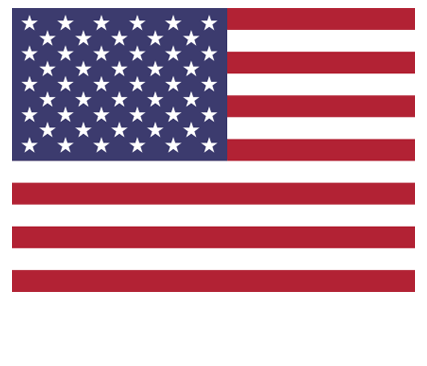An Introduction To Twin Sheet Thermoforming
To those outside the industry, thermoforming is as foreign as alien life on another planet. Ironically, this process is used to manufacture hundreds of everyday products including fitness equipment, control panels, spa shells, commercial display stands, and much more. Another fascinating element of thermoforming is that, thus far, it is not widely known or understood, even within the industry.
While vacuum forming and pressure forming have been an accepted part of the industry for years, twin sheet thermoforming is a relative newcomer. This is a technically challenging process, but can be simply defined as vacuum or pressure forming two plastic sheets simultaneously, using two molds on separate platens, or presses. The platens are then brought together while maintaining pressure while air is injected between the sheets. Resulting pressure ensures all features of the mold match and are then ready for manufacturing and finishing. At the heart of twin sheet thermoforming is plastic sheeting, but how are those plastic sheets formed? We can find the answer in the types of plastic used.
How Is Plastic Sheeting Formed?
Plastic sheeting is typically made by film casting; squeezing molten polymer through a very narrow opening. An extruder pushes the lava-like plastic through the opening and the film drifts out in a curtain, falling onto rapidly-moving rollers that cool both sides of the film.
Types Of Plastic Used In Twin Sheet Thermoforming
One strong advantage of twin sheet formatting is that most any thermoplastic can be used in the process, including ABS, styrene, TPO, polyethylene, TPU, polypropylene, polycarbonate, and PETG.
Some of these materials, however, can throw a wrench in the manufacturing works, particularly if the plastic sheet is too thin. For example, polycarbonates and PPEs like Radel and Ultem quickly lose their heat, requiring fast and accurate welds on joining surfaces. With such a short window of application time, quality and product integrity can become an issue.
The best plastics candidates in the twin sheet process have proven to be TPO and polyethylene.
Thermoforming Companies Are A Unique Breed
In today’s manufacturing world, comparatively few thermoformer companies have the technical capacity for twin sheet thermoforming. This dearth of options, however, will subside as the flexibilities of twin sheet forming are very attractive to engineers, including the ability to combine more than one resin type, which then boosts weld strength with less potential for warping.
In Conlusion
The next time you are out and about or shopping for, say, new fitness equipment; consider that many of the products you see were created through the little-known process of twin sheet thermoforming.



